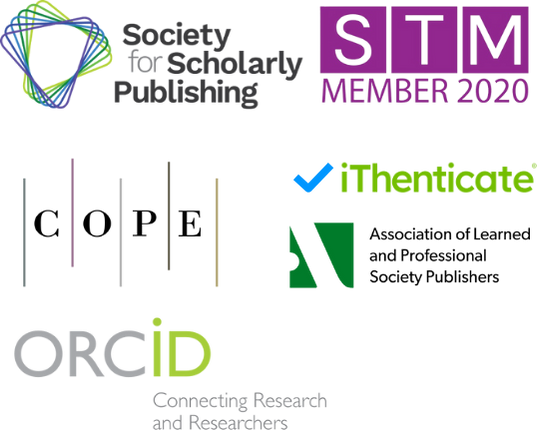Hand-Blown Glass Trend Analysis
DOI:
https://doi.org/10.71222/vs4dc163Keywords:
hand-blown glass, trend analysis, process innovation, cultural driving, digital manufacturingAbstract
With the rise in consumer sophistication and the booming cultural and creative industries, hand-blown glass — valued for its unique artistic texture and capacity for personalized customization — has increasingly become a favorite among home décor enthusiasts and collectors. This paper first reviews the historical evolution and current state of the hand-blown glass industry, then analyzes how both cultural-artistic forces and consumer-market behaviors jointly drive its trend dynamics. On the level of technology and design, it explores the profound impact of new materials, process innovations, and digital-intelligent manufacturing on product styles and production efficiency. Through case studies of renowned domestic and international brands and major industry exhibitions, it reveals the critical roles of cross-sector collaboration and brand marketing in reshaping the hand-blown glass market landscape. Findings indicate that customization, small-batch production, and the excavation of cultural meaning will dominate future development, while digital platforms and community-based marketing will foster tighter brand-consumer engagement. Finally, the paper offers strategic recommendations — centering on craft innovation, fueled by cultural empowerment, and underpinned by sustainability — to support the healthy prosperity of the hand-blown glass industry.
References
1. A. Durán and J. M. Parker, Welcome to the Glass Age: Celebrating the United Nations International Year of Glass 2022, 1st ed. 2022. ISBN: 9788400109325.
2. S. M. Wiederhorn and D. R. Clarke, "Architectural glass," Annu. Rev. Mater. Res., vol. 52, no. 1, pp. 561–592, 2022, doi: 10.1146/annurev-matsci-101321-014417.
3. D. E. Pierce, A. P. Farace, and D. M. Lewis, "America’s haven of health: Hydrotherapy and tourism at Excelsior Springs, Mis-souri, USA," Hist. Anthropol., vol. 34, no. 4, pp. 698–725, 2021, doi: 10.1080/02757206.2021.1901286.
4. Z. Shen, "How can we understand the relationship between artists and their materials in the production of art glass through modern technology?," Art Soc., vol. 1, no. 3, pp. 23–37, 2022, doi: 10.56397/AS.2022.12.03.
5. W. Ren and K. Jayaraman, "Blown films with balanced in-plane properties from polypropylene-clay nanocomposites through silane coupling," J. Plast. Film Sheeting, vol. 37, no. 1, pp. 93–110, 2020, doi: 10.1177/8756087920939602.
6. K. A. Thompson-Witrick, E. R. Pitts, J. L. Nemenyi, and D. Budner, "The impact packaging type has on the flavor of wine," Beverages, vol. 7, no. 2, p. 36, 2021, doi: 10.3390/beverages7020036.
7. S. Lusk, A. L. Roberts, B. M. Daya, and A. B. Gardner, "An automated respiratory data pipeline for waveform characteristic analysis," J. Physiol., vol. 601, no. 21, pp. 4767–4806, 2023, doi: 10.1113/JP284363.
8. N. R. Khajeh, M. N. Esteban, C. D. E. Pacia, A. J. Parker, and K. B. Sajja, "Pelvicaliceal volume and fluid temperature elevation during laser lithotripsy," J. Endourol., vol. 36, no. 1, pp. 22–28, 2022, doi: 10.1089/end.2021.0383.
9. K. K. Kanmodi, O. A. Akinyemi, J. T. Adebayo, and O. B. Akinrinlola, "What are we learning on social media about shisha? A case study of top 50 short English YouTube shisha videos," Yenagoa Med. J., vol. 2, no. 4, pp. 38–47, 2020.
10. T. Staufer et al., "Assessing cellular uptake of exogenous coenzyme Q10 into human skin cells by X-ray fluorescence imaging," Antioxidants, vol. 11, no. 8, p. 1532, 2022, doi: 10.3390/antiox11081532.
Downloads
Published
Issue
Section
License
Copyright (c) 2025 Yilin Liang, Sharul Azim Bin Sharudin (Author)

This work is licensed under a Creative Commons Attribution 4.0 International License.


